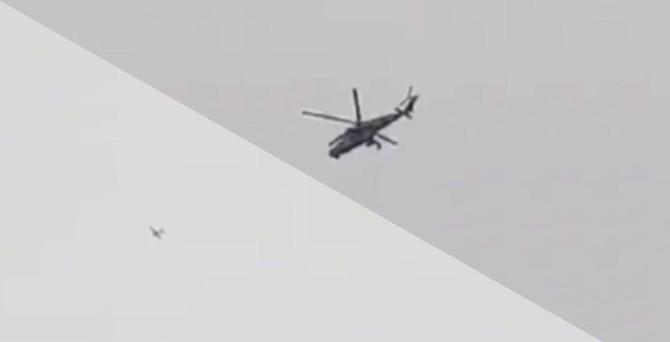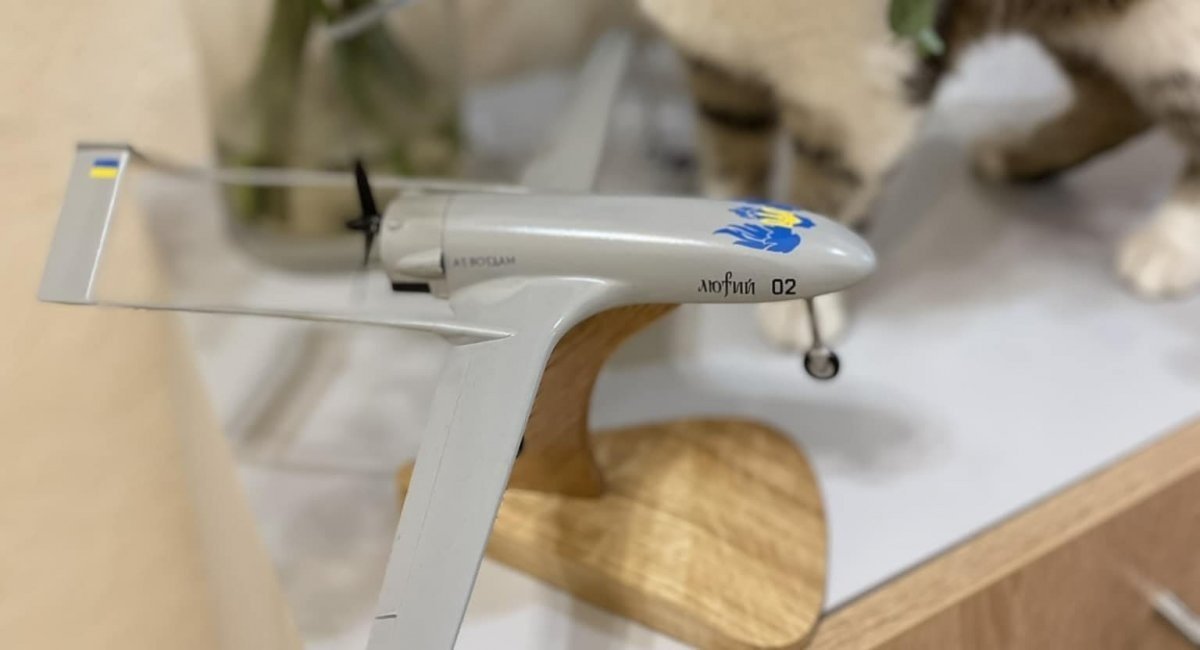
Ukrainian drones hit 2 Russian oil refineries at a distance of almost 1000 km
It is reported that this morning our kamikaze drones hit two Russian oil refineries located in the Samara region of the Russian Federation, at least 900 kilometers from the state border of Ukraine.
The hits were recorded at the Novokuibyshevsk refinery and the Syzran production facility (which has a design capacity of 8.5 million tons per year), with the latter reportedly hitting the ELOU-AVT-6 oil refining unit, namely the K-2 column.
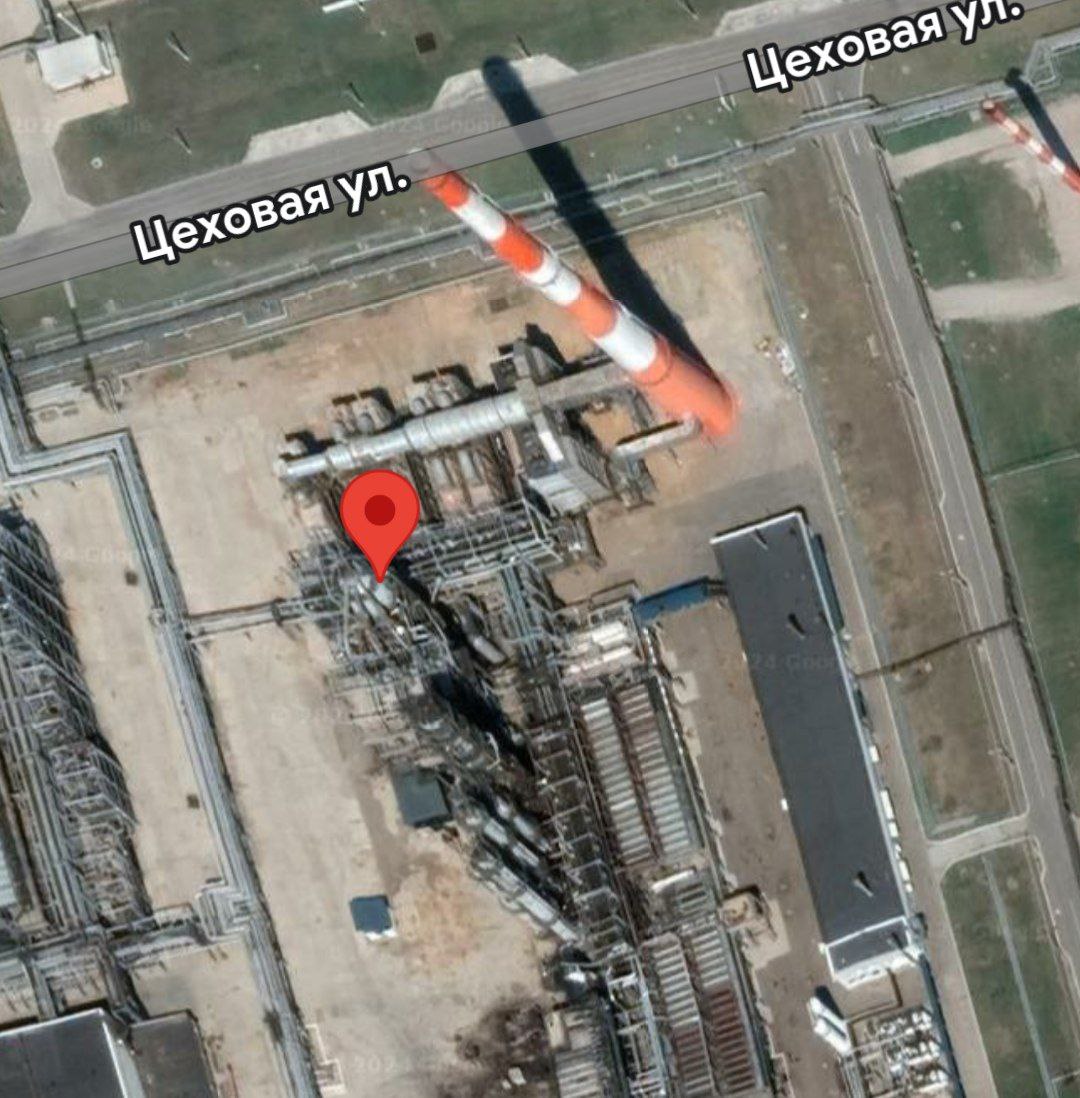
At the same time, there is another interesting point: according to some reports, the wreckage of a Tu-141 “Strizh” drone was also found in the Bryansk region of the Russian Federation. But so far there are no details that this unmanned aerial vehicle, for example, was shot down by Russian air defense today.
Nevertheless, we can already summarize some preliminary results from the current campaign of strikes on Russian refineries, which raise interesting questions.
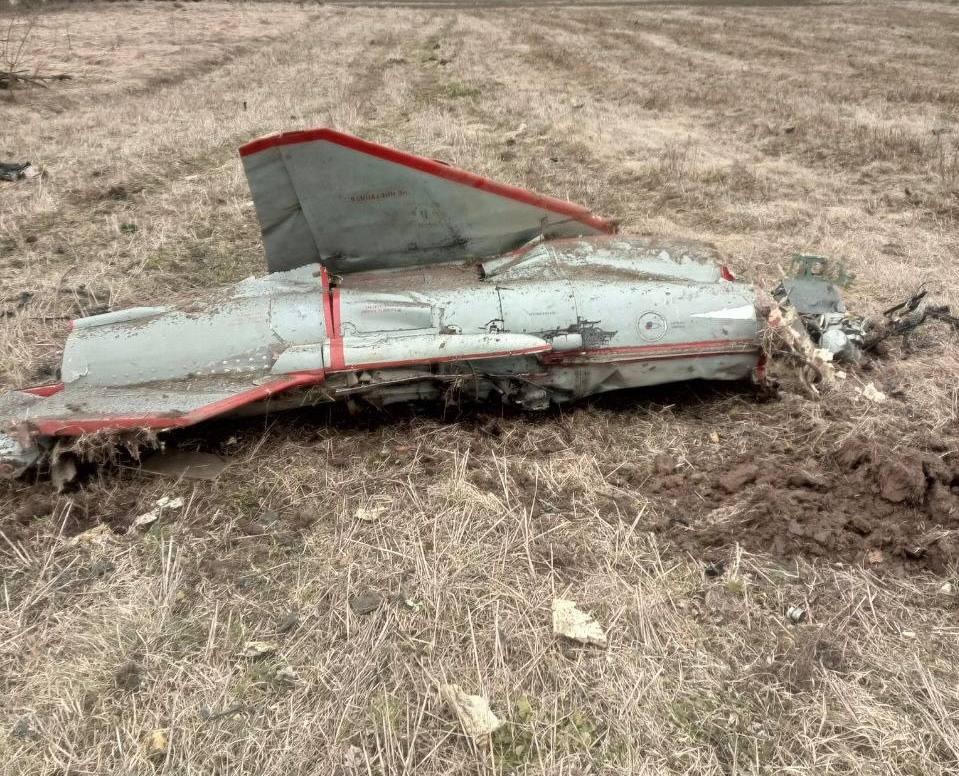
As of yesterday evening, a total of 10 Russian refineries had been hit, bringing the number to 12. At the same time, given the scale of each of these industries, it is clear that the strike planners did not even aim to destroy these refineries to the ground, but to paralyze the production process for at least some time. This was achieved by hitting the vacuum oil refining units, which are essentially large “columns” several tens of meters high and several meters in diameter.
All of this raises the following questions, which are unlikely to be answered yet. For example, what technological solutions make it possible to ensure such a good accuracy of our drones’ strikes on Russian refineries, especially at such a long distance.
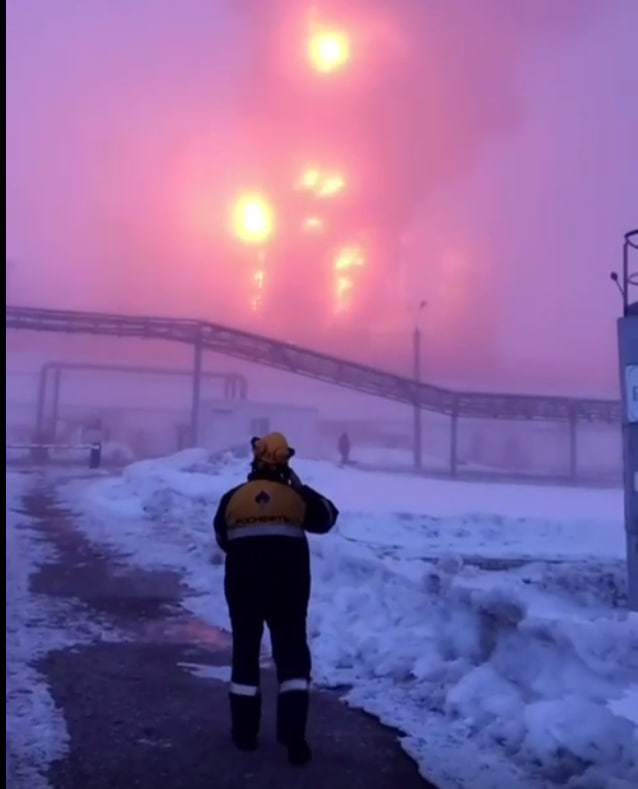
In addition, there are also questions about technological solutions that could help our drones overcome a kind of “belt” of electronic warfare systems several tens of kilometers wide on the border with Russia, as previously reported by Western media.
And also, what methods are used to mislead Russian air defense in order to ensure its breakthrough by our drones. After all, if the Russians can afford to keep even Mi-28 and Mi-24 attack helicopters far behind the front line to “hunt” our UAVs, then the enemy is unlikely to have a problem with the number of air defense assets. But there is definitely a problem with the organization of their work.
